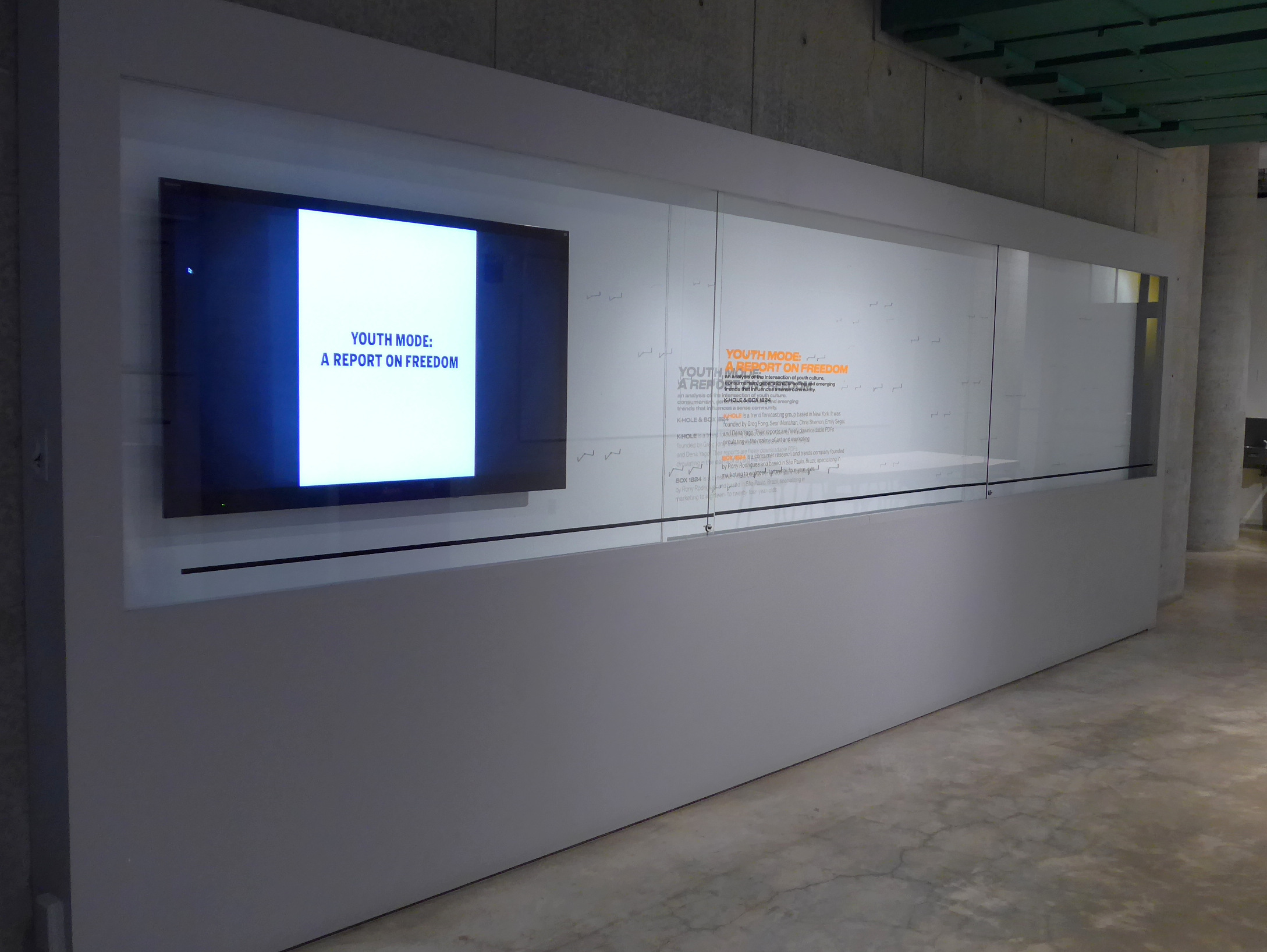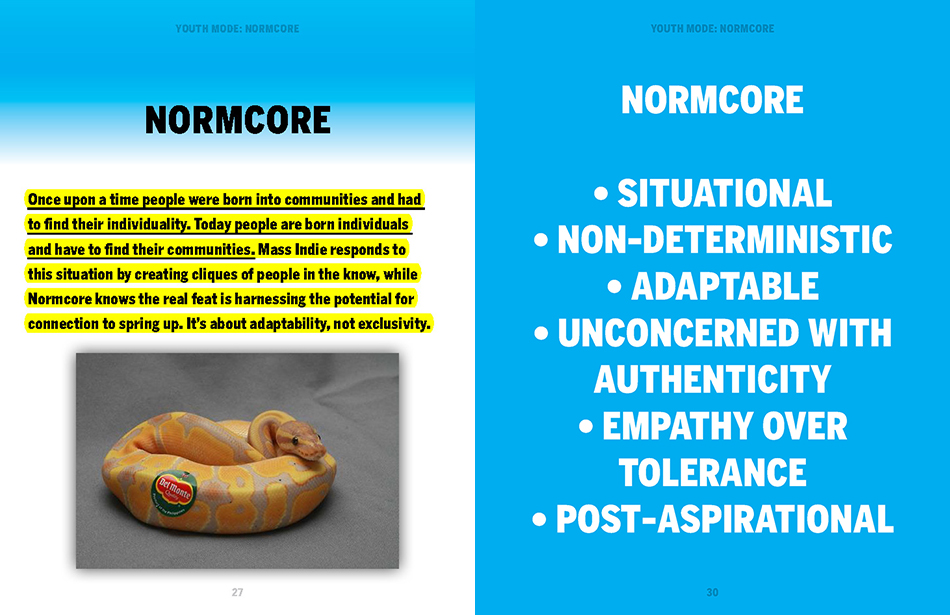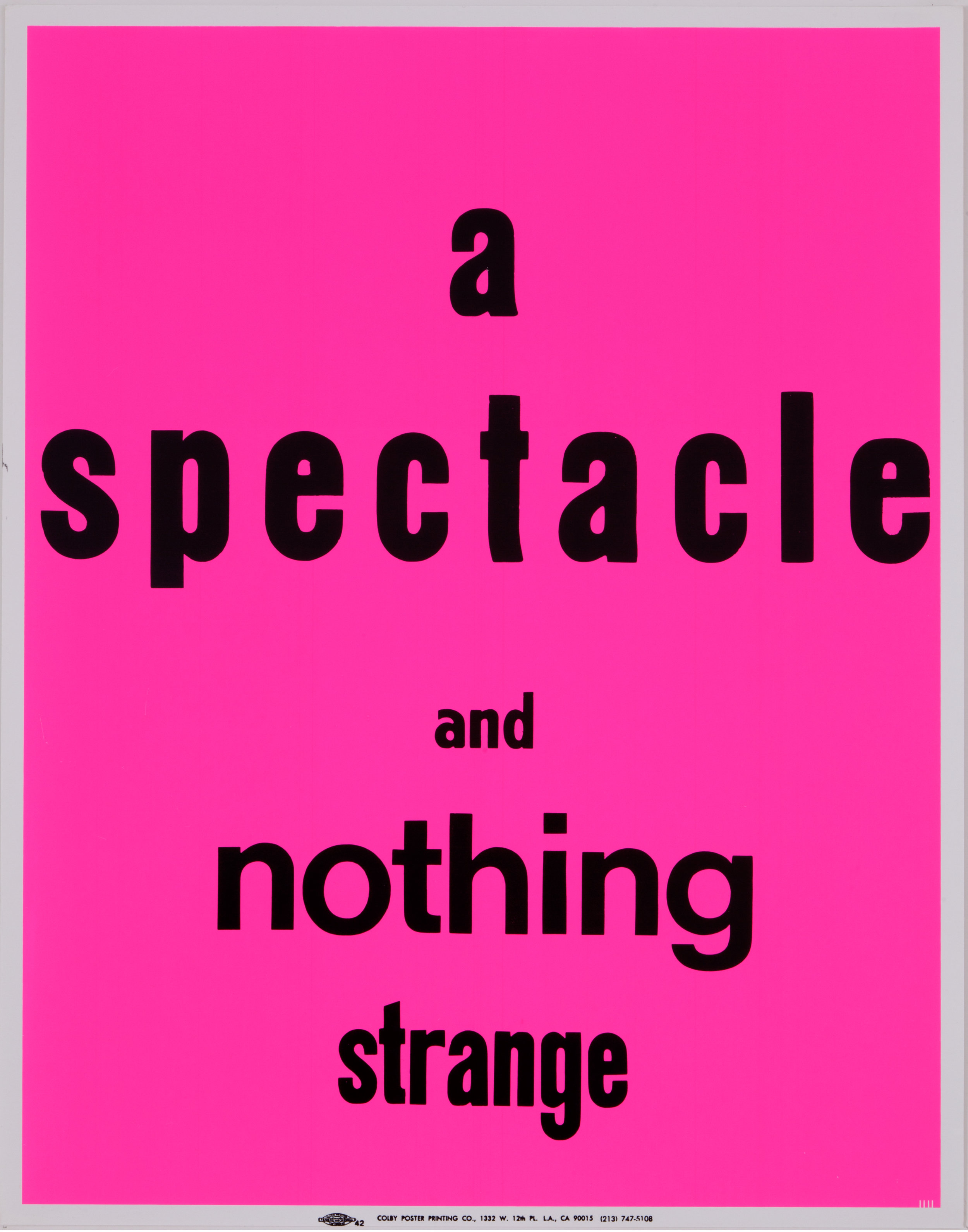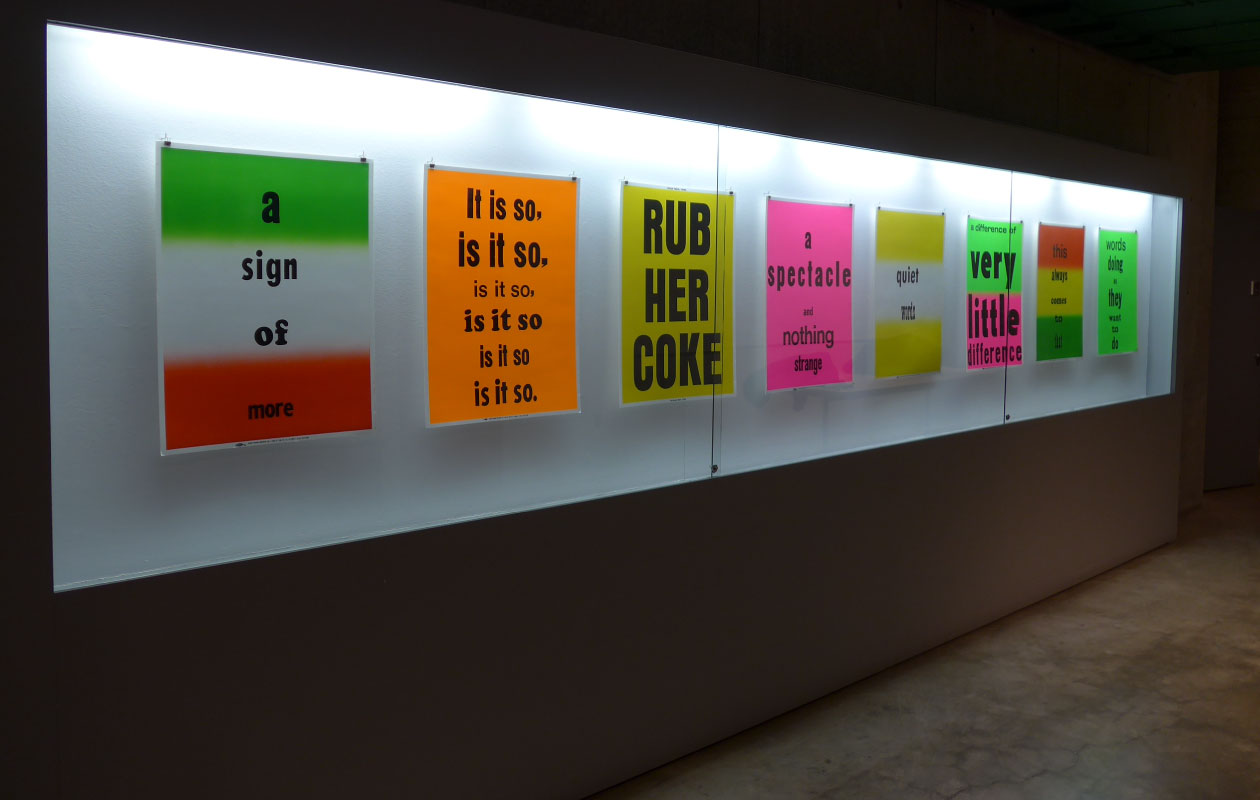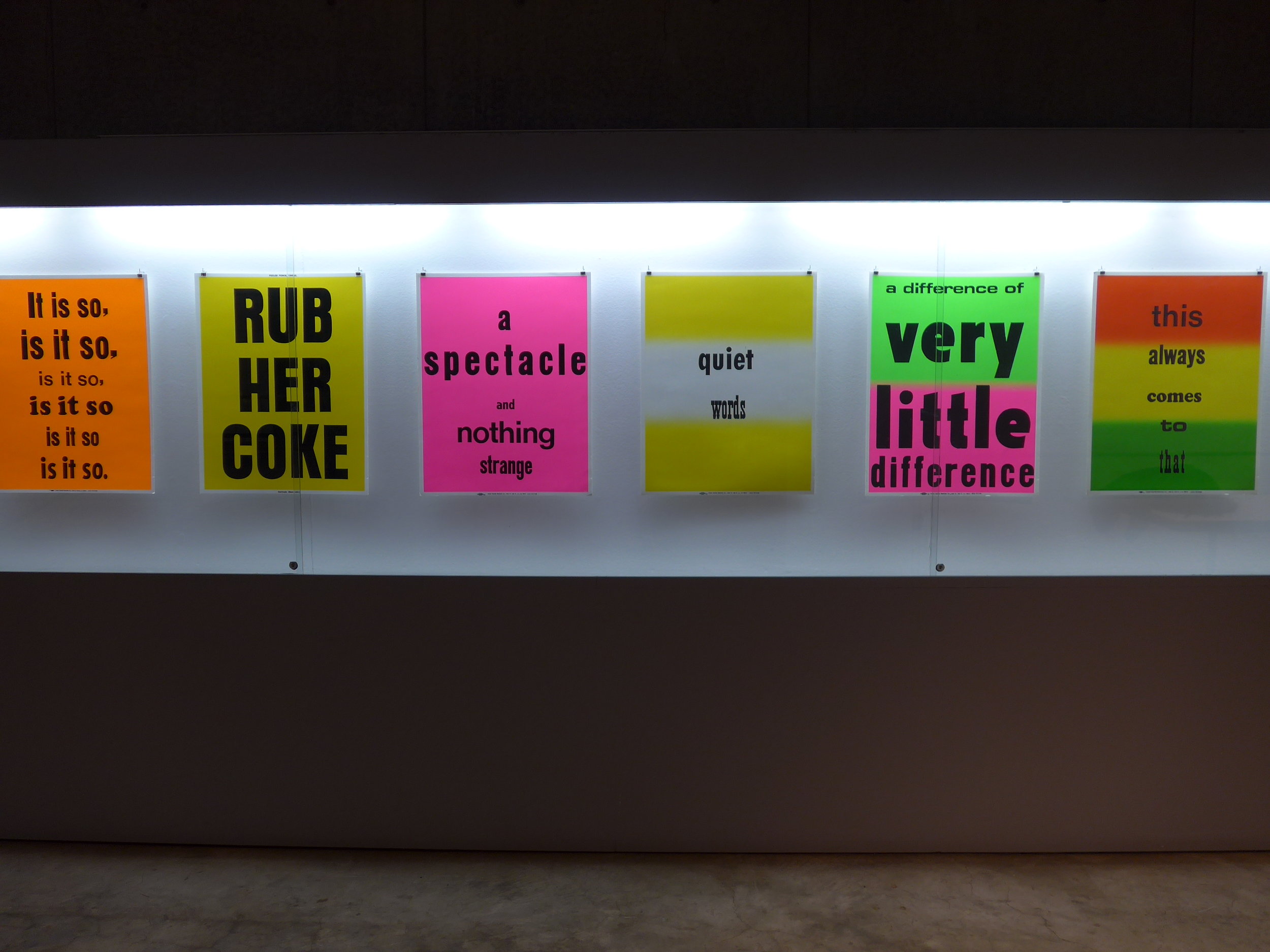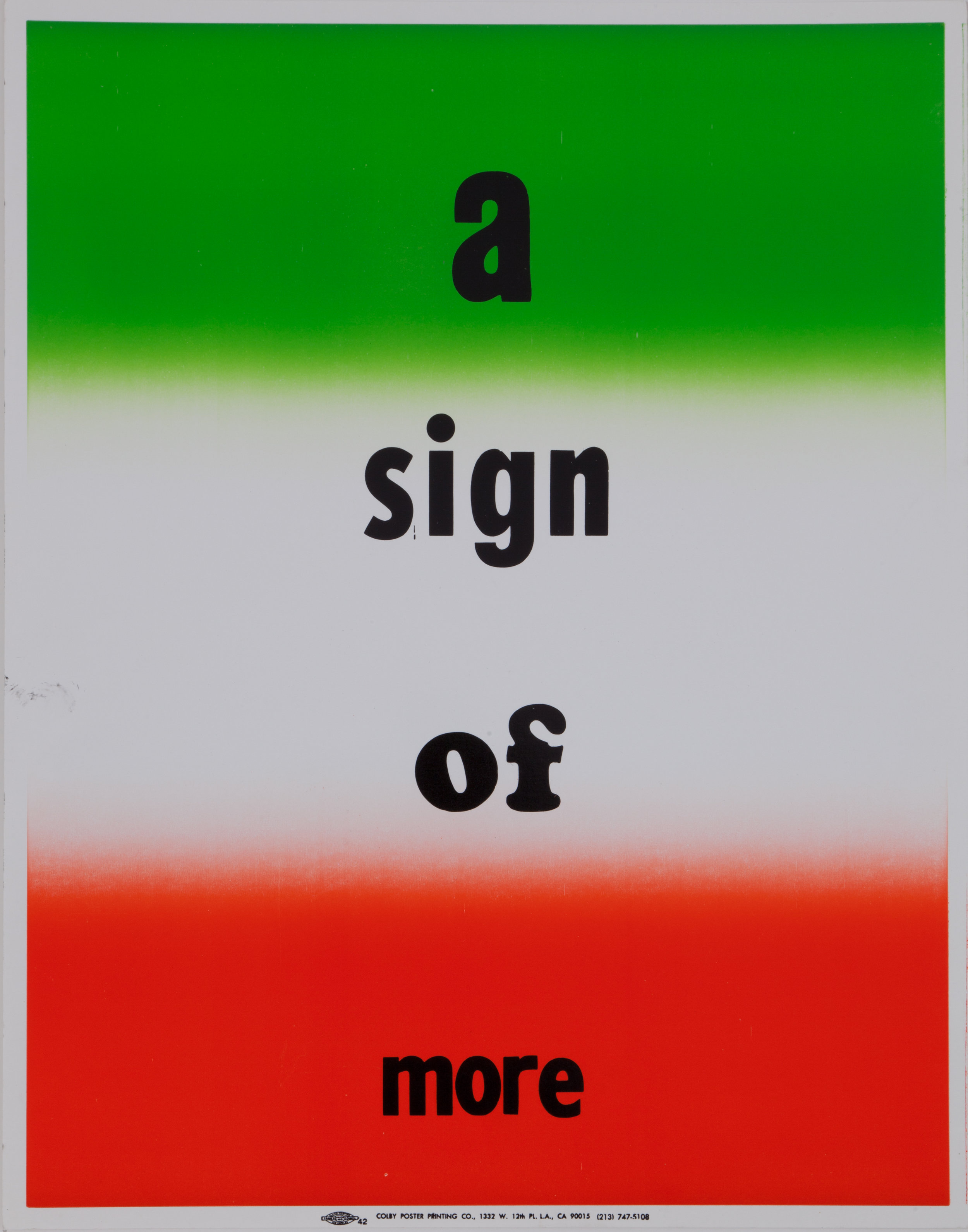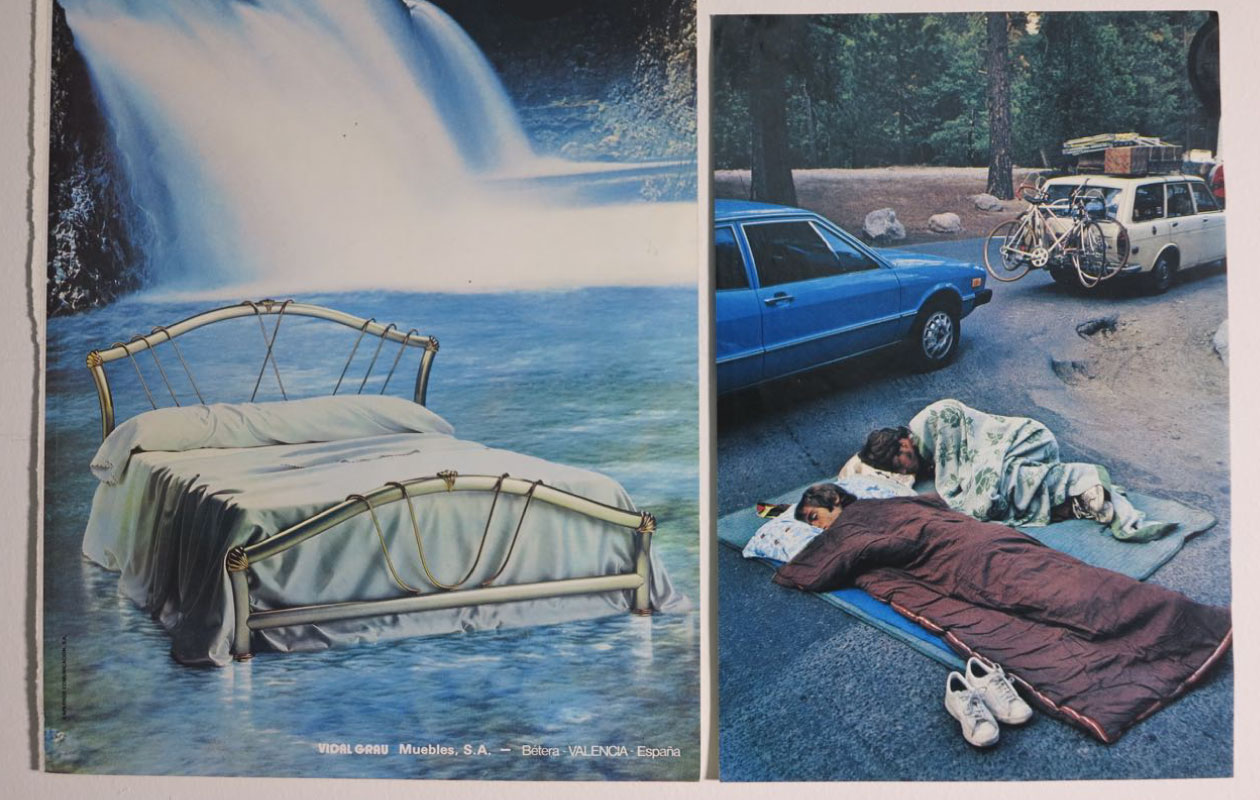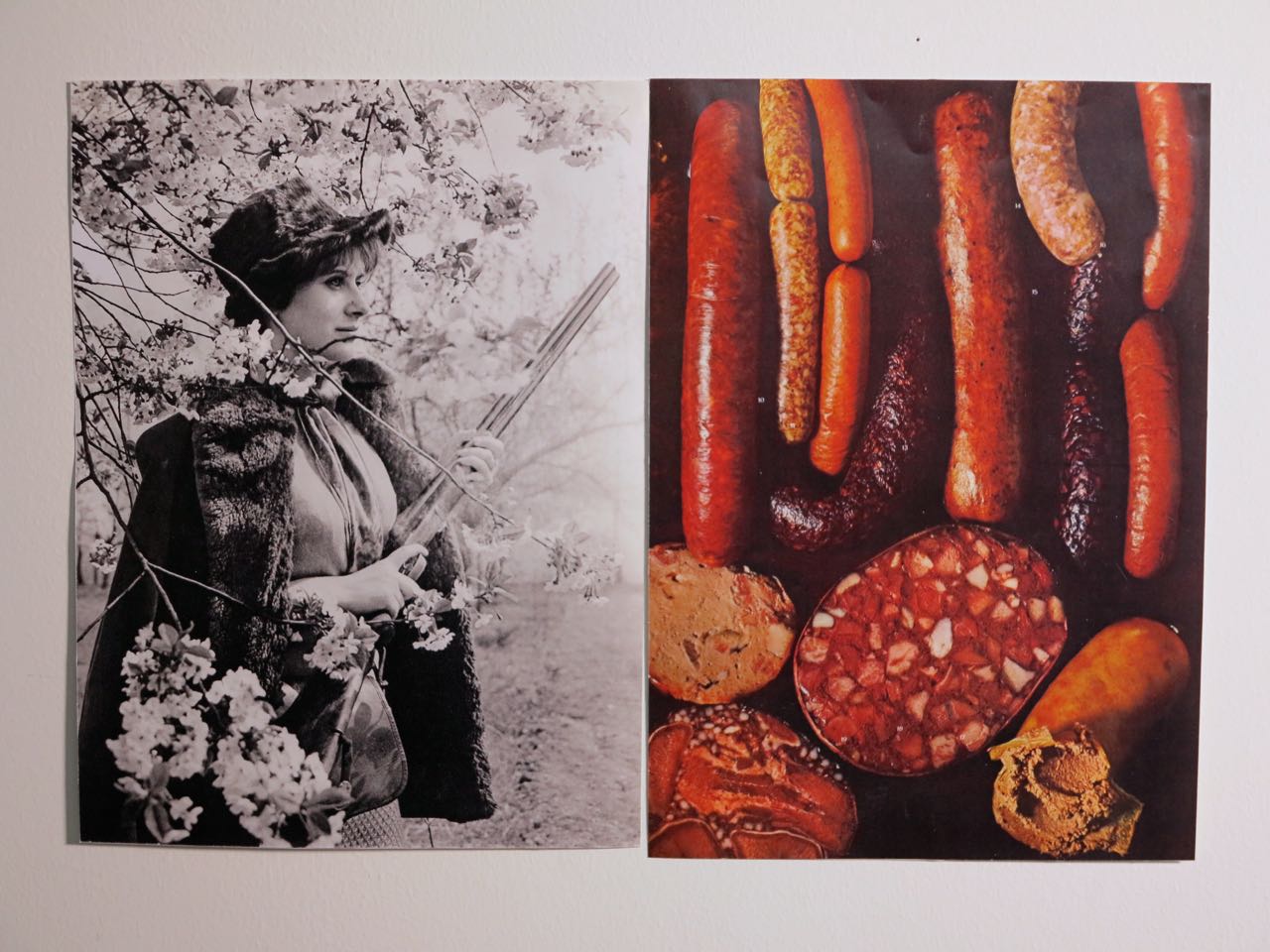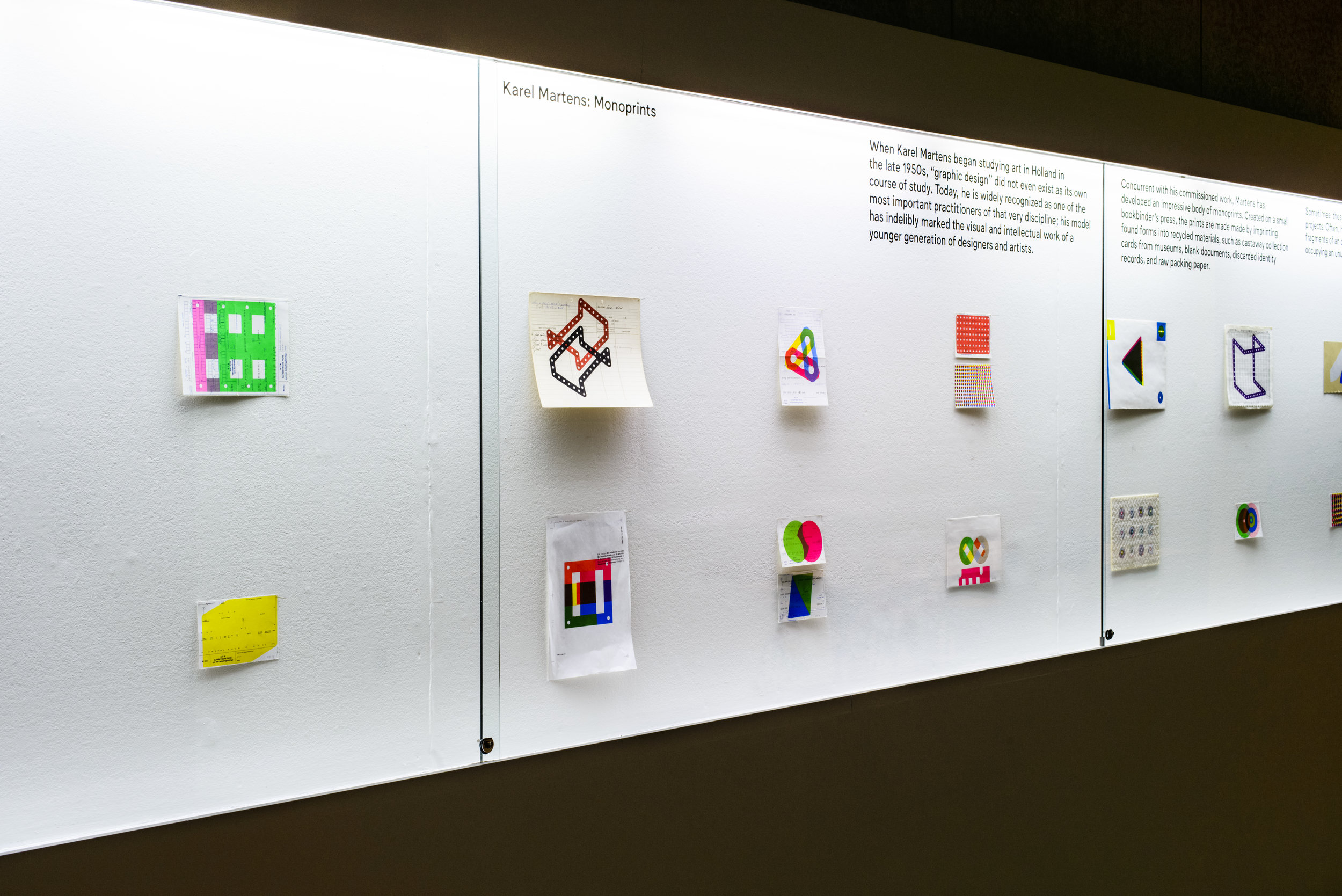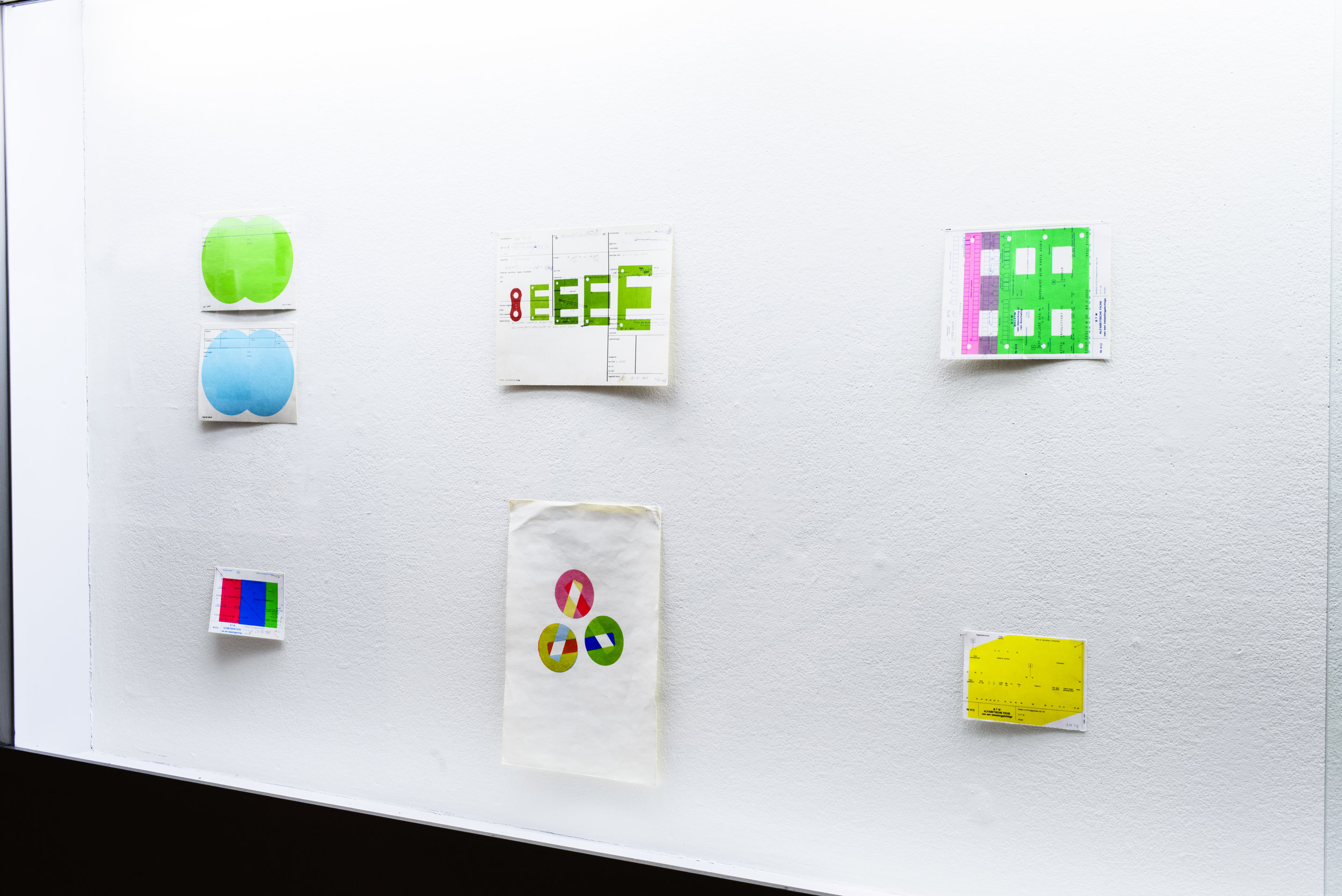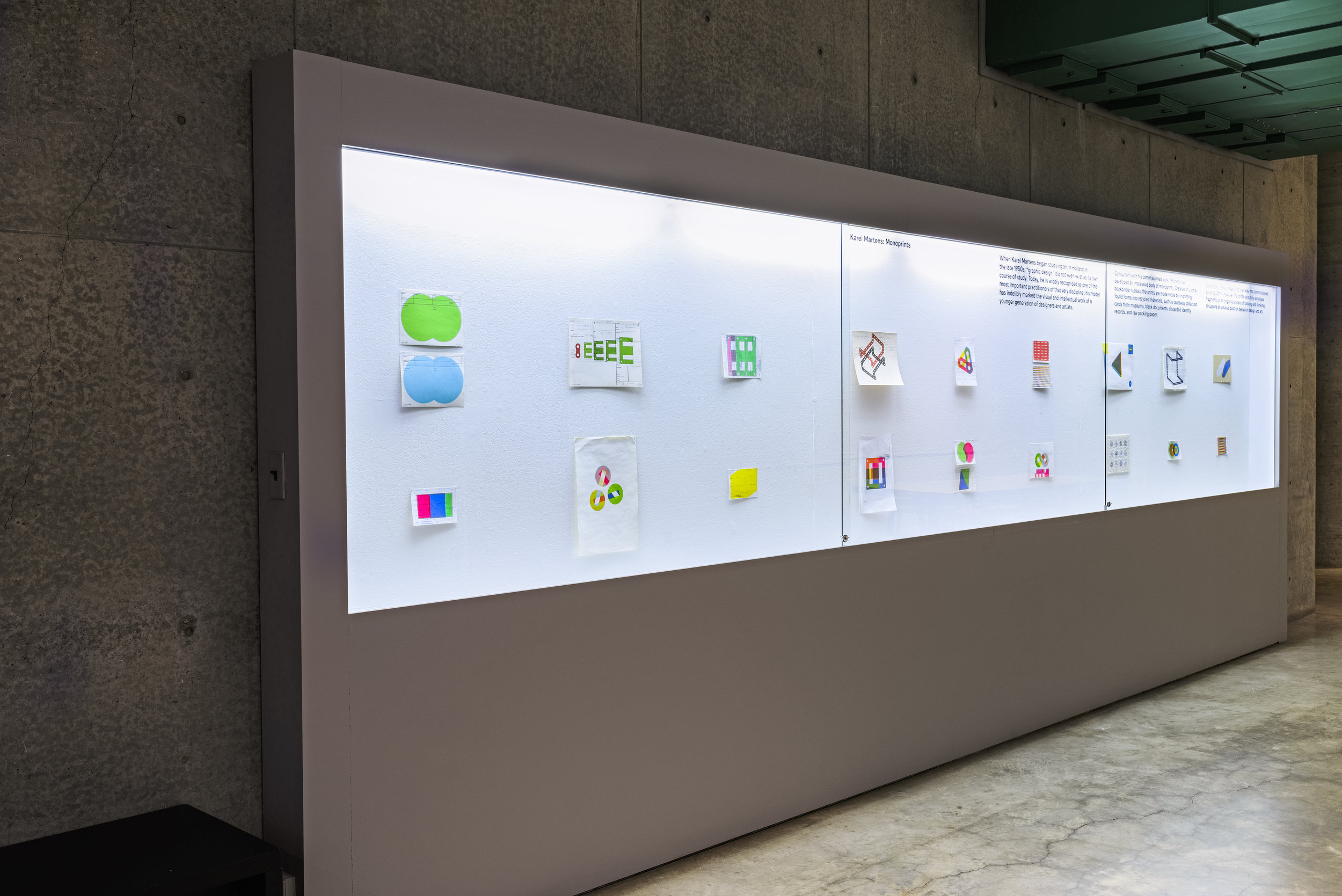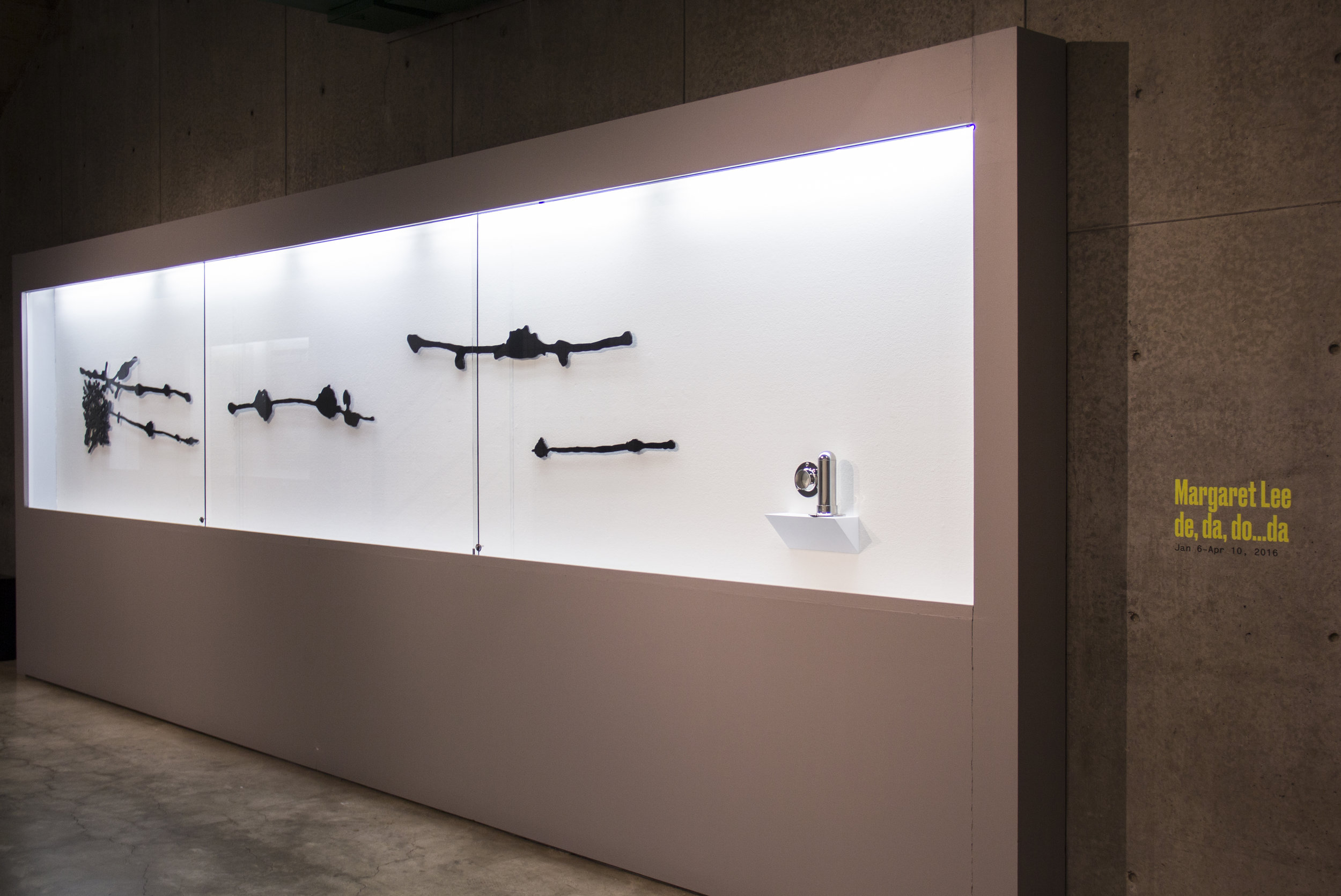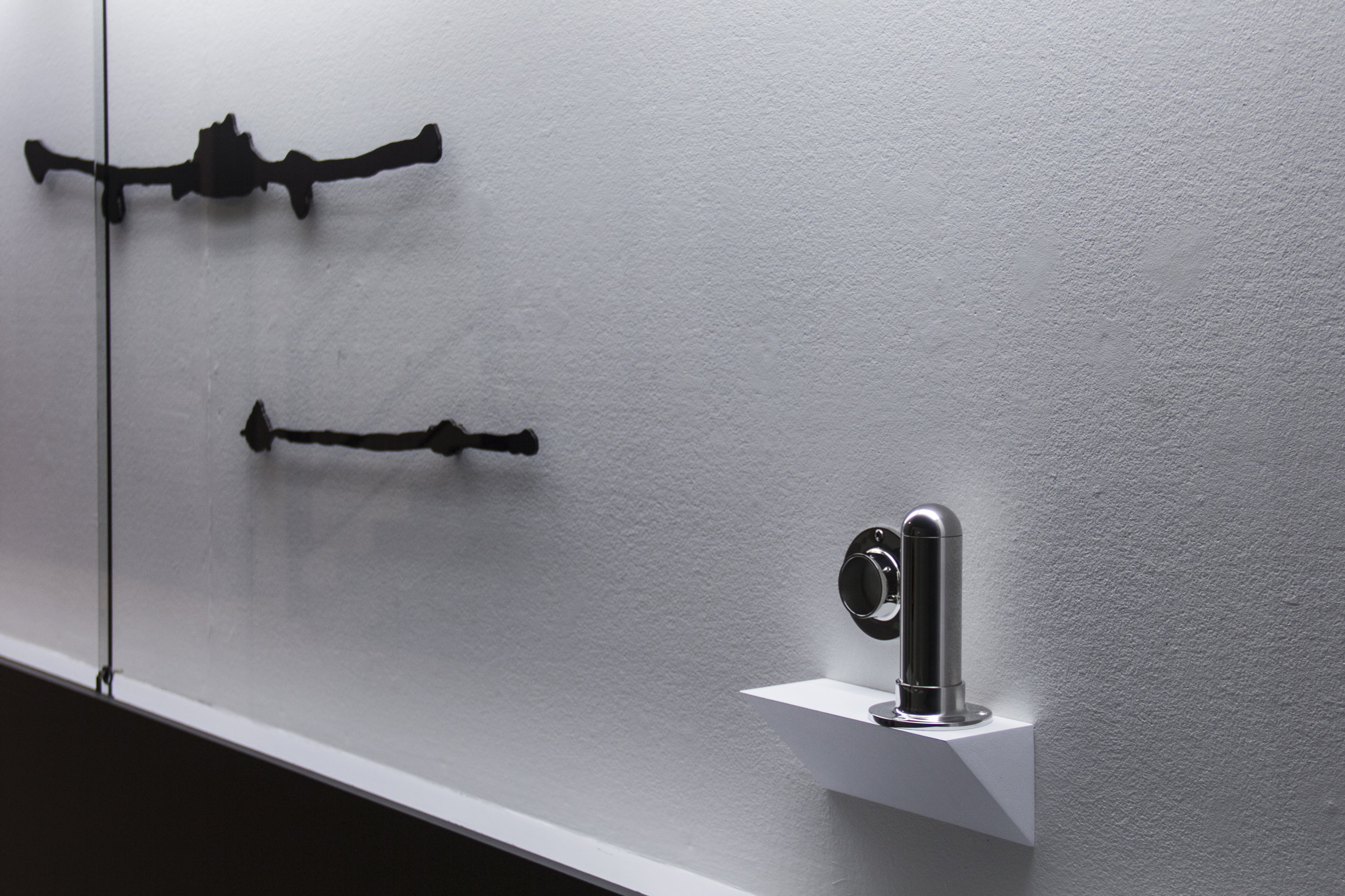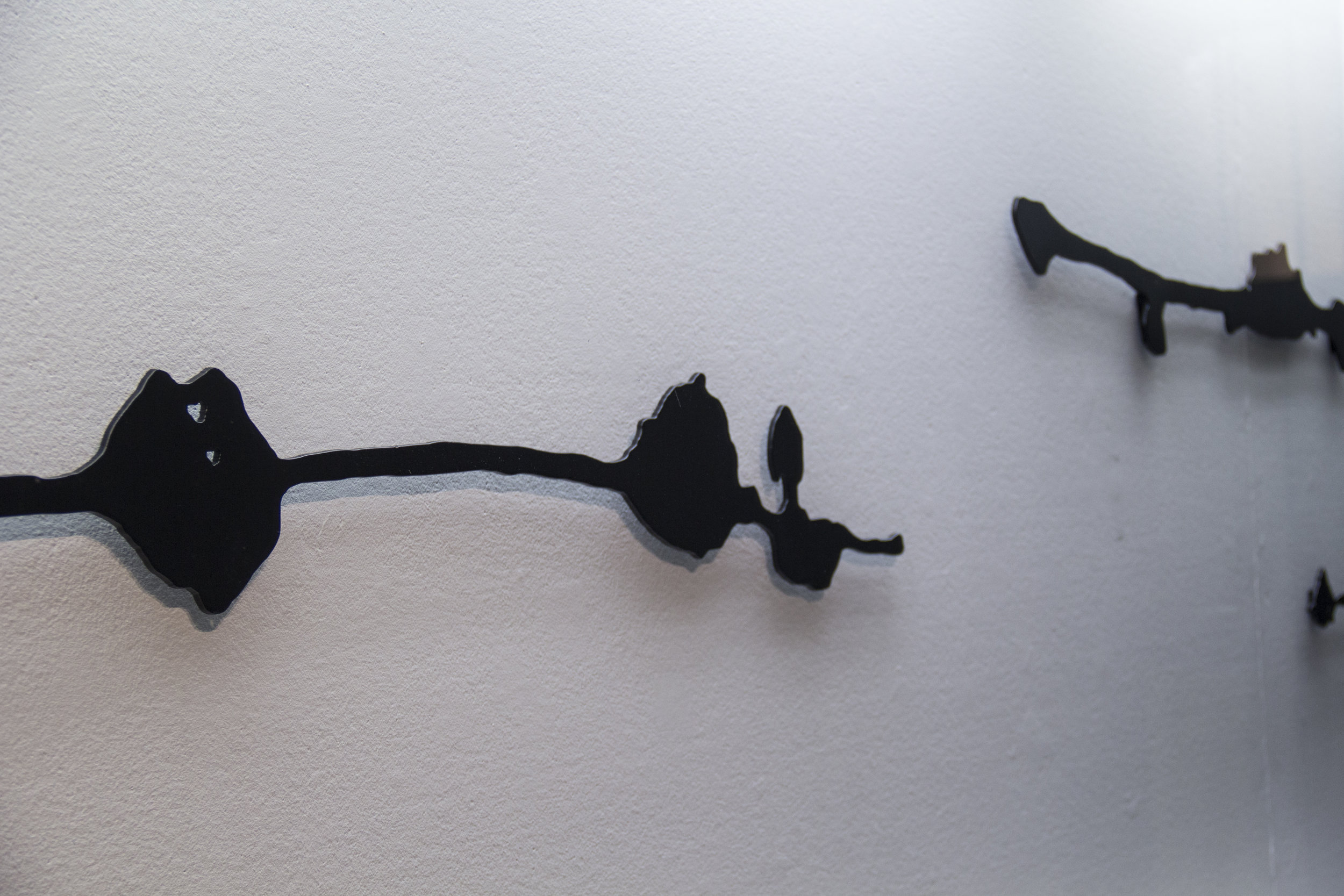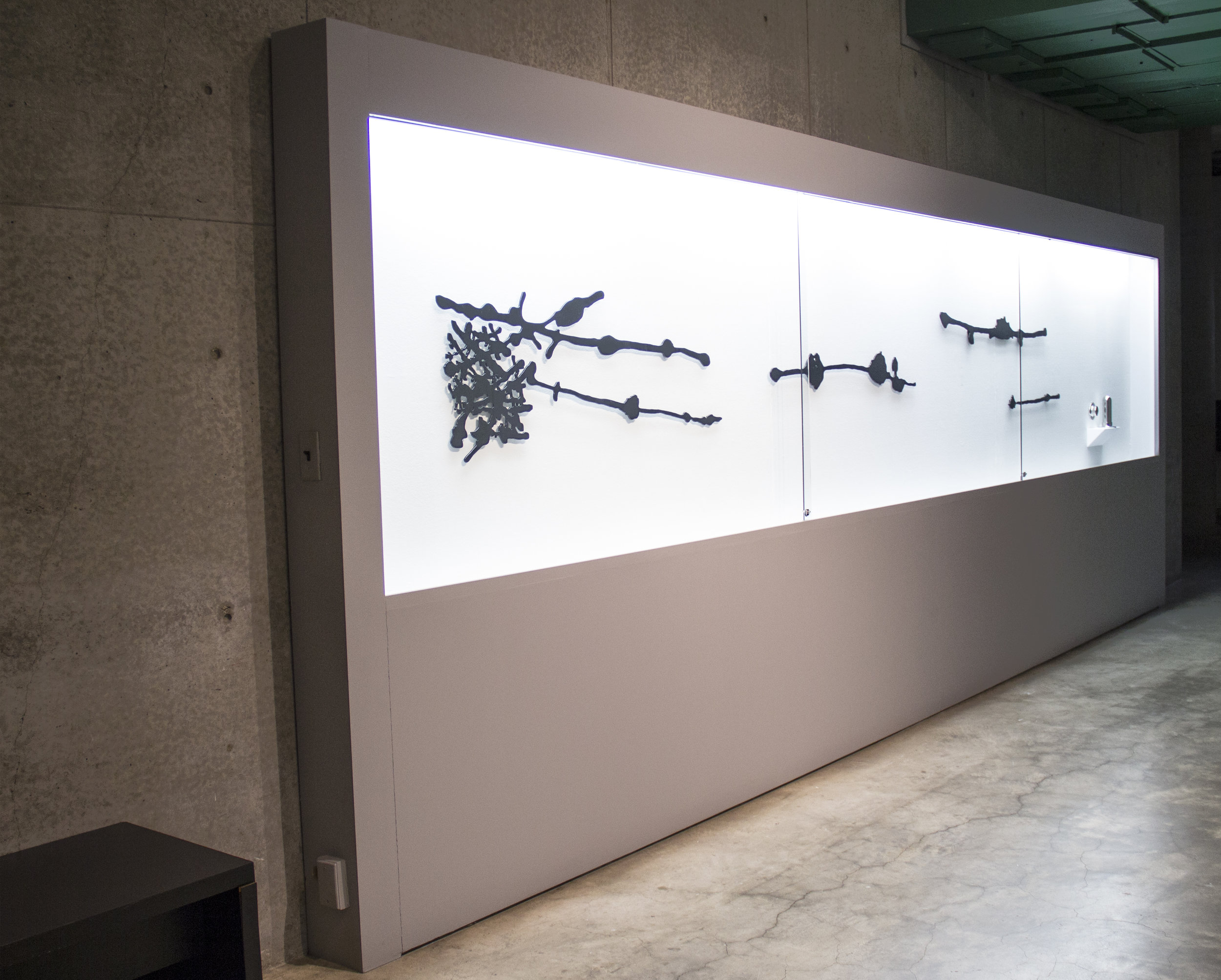Display Case

An exhibition program utilizing a large display case to host exhibitions and installations by artists who explore the intersections of media, advertising, art, and consumerism.
Curated by James Voorhies
Carpenter Center for the Visual Arts
Harvard University, Cambridge, MA
December 2, 2014–April 10, 2016
K-Hole & Box 1824, Eve Fowler, Eline Mugaas and Elise Storsveen, Karel Martens, Margaret Lee
Made possible with funding and staff of Harvard University’s Carpenter Center for the Visual Arts; realized within my responsibilities as Director and Curator of the Carpenter Center for the Visual Arts
This is an archive of exhibitions in Display Case from 2014 to 2016.
K-Hole & Box 1824: YOUTH MODE: A REPORT ON FREEDOM
September 2–December 21, 2014
Generational linearity is gone. An ageless youth demands emancipation. The assertion of individuality is a rite of passage. The most different thing to do is to reject being different all together. Once upon a time people were born into communities and had to find their individuality. Today people are born individuals and have to find their communities.
These statements are culled from K-Hole & Box 1824’s online publication YOUTH MODE: A REPORT ON FREEDOM, an analysis of the complex intersections of youth culture, consumerism, generational branding and emerging trends that influence a sense of individuality, community and belonging. In a consumer and technological era awash in homogeneity, YOUTH MODE: A REPORT ON FREEDOM introduced terms such as “Mass Indie” to analyze the absence of singularity as differentiation becomes group exercises of consuming organic food and fair-labor apparel. The term “Normcore,” on the other hand, described liberation and freedom in being nothing special. Normcore became situational, adaptable, non-deterministic, unconcerned with authenticity, and post-aspirational.
Eve Fowler: A Spectacle and Nothing Strange
January 6–March 1, 2015
A Spectacle and Nothing Strange (2011–12) is a series of letterpress posters with fragments of text culled from Gertrude Stein’s Tender Buttons (1914) and How to Write (1931). Fowler’s posters were printed by the now-defunct Colby Poster Printing Company, a Los Angeles business that for more than sixty years made commercial posters for advertising anything from music, wrestling and sporting events to carnivals, cheap car loans and hair care products. Fowler provided specific instructions to the printers to apply a seemingly endless combinations of colors and typographies to the posters. She then distributed them throughout the Los Angeles area, re-inserting the recognizable advertising form into the urban landscape of Los Angeles with references not easily discernable.
Eline Mugaas and Elise Storsveen: ALBUM
March 4–April 19, 2015
Created entirely from found images, ALBUM is a compilation of the first ten issues of the Scandinavian zine of the same name created by Norwegian artists Eline Mugaas and Elise Storsveen.
Since 2008, Storsveen and Mugaas have been sifting through printed material found in Scandinavian households from the 1960s through the 1980s then combining the visual matter into a fanzine, or limited edition, saddle-stitch publication. Photographs and illustrations printed in a range of media from cookbooks, travel journals and etiquette manuals to fashion magazines, sexual manuals, and gardening and science journals are excerpted from original sources, then juxtaposed with others and reproduced in the zine. Without editorial commentary, each issue of ALBUM is dedicated to themes—lonely man, femininity, architecture, family, outer space, nature. Consumerism, popular culture and domesticity seamlessly converge, reinforcing the fluidity and exchange among everyday life and onslaught of advertising and news media images.
Display Case presented a selection of original collages by Storsveen and Mugaas along with pages from ALBUM. Organized with James Hoff and Miriam Katzeff of Primary Information in collaboration with Teknisk Industri, Oslo.
Karel Martens: Monoprints
September 1–November 23, 2015
When Karel Martens began studying art in Holland in the late 1950s, “graphic design” did not exist as a course of study. Concurrent with his commercial work, Martens has developed a body of monoprints. Using a modest bookbinder’s press, the prints are made by imprinting found graphic forms into recycled materials—such as castaway collection cards from museums, blank documents, discarded identity records, and raw packing paper. The motif on a single print may take several years to develop, subject to reexamination and overprinting by Martens. Sometimes, the graphics find a way into commercial projects. Often, though, the prints remain unique fragments with purpose, part of an ongoing process of looking and thinking, occupying a space between design and art.
Margaret Lee: de, da, do…da
January 6–April 10, 2016
In de, da, do…da, commissioned for Display Case, Margaret Lee explored connections between gender and gesture and their complicated legacies in the history of Abstraction and Expressionism. Her three-dimensional steel forms refer to two-dimensional mark-making, and the indexical traces of human motion extended to the surface of canvas or paper. Does the appearance of scale and aggression result from an already associated social reading of gender? Does the mark made by a man have an identifiable maleness, while the female a natural femininity, or are these readings inherent extensions of socially-defined genders?
In Lee’s work the gestures were appropriated and manipulated from the “black pourings” of Jackson Pollock, a figure routinely associated with—as critics have argued—the transference of masculinity onto the canvas. Here, however, Lee mechanized, or fabricated, the painted gesture, transforming fluid paint into three-dimensional metal forms by scanning, laser cutting, and powder coating them, re-rendering the vaunted modernist action of Pollock into an unforgiving material associated more commonly with the appearance of contemporary luxury goods and retail display.
Lifted, or abstracted, from the context of a canvas, Pollock’s marks became a sequence of seemingly manufactured commercial goods. The presentation was punctured by a coupling of hardware made of industrially polished stainless steel shapes including a flange, rod, and domed cap.
...


